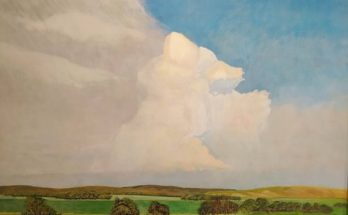By Josemaria Moreno
In commemoration of Children’s Day, we decided to visit the Toy Museum in San Miguel de Allende. This unique cultural space is a pioneer in its genre. Its folkloric heritage is invaluable for the tradition of this craft in our country. It is a collection of Angelica Tijerina, who has been a collector for much of her life. The museum displays more than 3,500 toys that Angélica has collected.
The Toy Museum tells the story of a journey through the history and geography of Mexican toy craft. Many of the pieces in the collection have been part of national competitions. They are made with various materials, representative of the geographic areas of their origin. For many visitors, the museum is a return to a childhood, populated with toys from their own childhood that no longer exist today. There are five rooms, thematically designed through an exceptional and careful curatorship.
The first room specializes in weaving and embroidery, and the dolls on display are classic, and timeless. The second is a collection of carts, and the donkeys and oxen that pull them. These are rarely found in bazaars and craft shops anymore. The third is called “la feria,” and is a sampling of masks, and musical instruments built to scale. It is like a small-scale representation of the playful, and communal nature of Mexican parties and celebrations. The fourth room deserves special mention because it brings together the current artisan production of different communities—especially Guanajuato, and shows the winners of the National Mexican Popular Toy Contest. The artists deserve the recognition given, and the results are beautiful. In the last room we find the temporary exhibition of a potpourri of colorful figures. They are framed on the terraces of the building, providing a placid view of the town, and its surroundings. The museum is designed for viewing, not for an interactive experience, because the children cannot play with the toys. Maybe the museum would do well to consider a new room in which that would be possible. A hands-on experience would help arouse the curiosity of both children, and adults. It might awaken reminiscences in the latter that can nurture the playful and folkloric imagination of the former.
We highly recommend a visit to this cultural space, and praise it as an oasis of memory, and collective joy. It is a place of preservation where games, traditions, colors and figures of past generations are safely protected; safe from being lost among plastic figurines. Far from the electronics of today.




